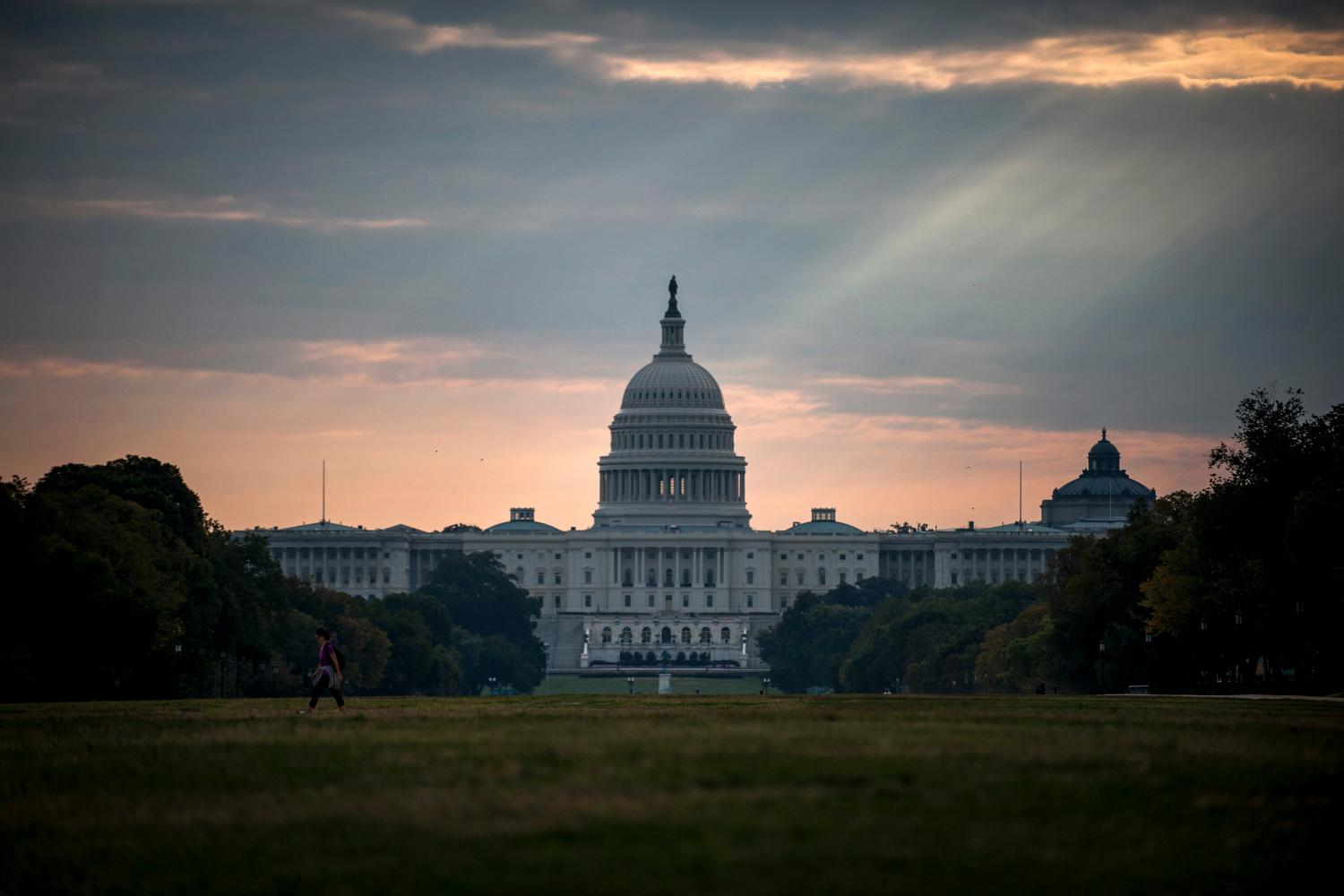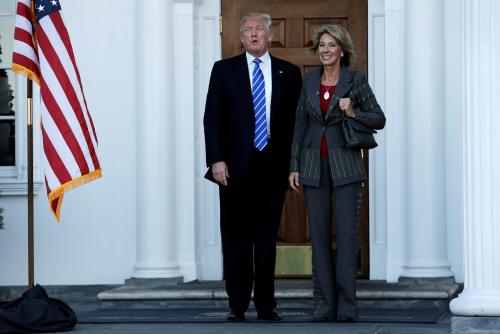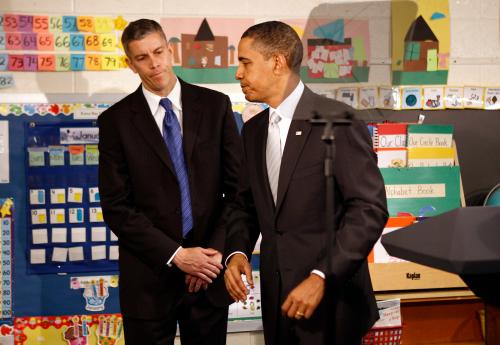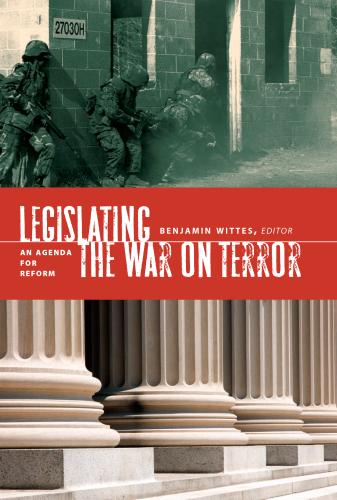With the U.S. Congress in summer recess and the politics of presidential primaries gaining visibility, momentum toward a bipartisan Elementary and Secondary Education Act (ESEA) reauthorization may be diminished—despite being several years overdue. In the absence of a new policy framework, the federal role in K-12 education will likely continue to be shaped by ESEA waivers that have been granted to over 80 percent of the states by the Obama administration. States generally support waivers because they relax certain requirements of No Child Left Behind (NCLB), such as the 100 percent academic proficiency by 2014 benchmark. In return for such exemptions, waiver states are required to implement elements of the Obama administration’s reform agenda, such as adopting the Common Core and ensuring students are prepared for college and career readiness.
Given the federal system of education governance in the U.S., I’m curious to what extent states are really pursuing the Obama K-12 agenda. To find out, I have examined state variation on waiver implementation. In a recent study, I analyzed a sample of sixteen waiver states that represent different levels of student performance and varying degrees of political control by the two major political parties in the U.S.[i]The states examined in my study are: Connecticut, Idaho, Indiana, Kentucky, Louisiana, Maryland, Massachusetts, Michigan, Minnesota, Missouri, Nevada, New Jersey, New York, Ohio, Oregon, and Utah.
Clearly, these states are making more progress in meeting some of the federal expectations than others. For instance, virtually every state is implementing college-and-career-ready standards and assessments for all students, including English Language Learners, as well as improving on their data collection and reporting. After years of federal pressure for accountability-based reform, states have institutionalized their data reporting practices.
On the other hand, federal expectations related to educator accountability, such as the use of student test scores as part of the evaluation system for teachers and principals, were met by fewer than half of the states in the sample. This is likely because decisions revolving around personnel are typically controversial and require legislative action. Implementation difficulties on this reform issue occurred in states that have different political characteristics, including Indiana (a Republican-controlled state), Kentucky (a state with divided governance), and Michigan (a state with unified governance). For example, Indiana, a state with strong Republican control, has experienced difficulties in teacher evaluation reform due to major disagreements between the Republican governor and its elected, Democratic Superintendent of Public Instruction.
The state-federal tension on issues like educator evaluation is illustrative of the challenges associated with our decentralized governance structure in education. Federal direction has its limits, and states often face challenges and controversies that stem from internal state politics. For instance, teachers’ unions are generally skeptical of high stakes evaluation on teacher performance. In some states, teachers’ unions have wielded such influence that they have prevented progress toward the federal goal of reforming the educator accountability system. Furthermore, policy—and at times partisan—disagreements among state officials and the inertia of local control against external interference have punctuated efforts toward implementing the Common Core and other federal goals.
In other words, granting regulatory flexibility may not be a sufficient incentive for states to fully adopt a federal education agenda. Waiver implementation is frequently entangled in internal state politics, including political tension between those who deliver the services (namely, unions that represent teachers and principals) and those who side with the consumers and constituencies (namely, the elected officials). The federal government may need to take additional steps to leverage a broad political coalition in support of this type of controversial reform at the state level. The federal government should also identify those reforms that are particularly complex, both technically and politically, and provide waiver states with more time and more targeted technical assistance to achieve proper implementation. Leaving the reform agenda entirely up to the states is likely to allow the politics of “business as usual” to prevail.
Broader dissemination of the state-by-state waiver monitoring reports issued by the federal government could also help propel the federal government’s reform agenda. Currently, policy and administrative stakeholders, such as state school chiefs, district superintendents, and federal officials, are the primary users of these federal reports. If the information is more widely and systematically distributed to parents, community members, and teachers, however, the waiver monitoring reports can broaden public engagement to facilitate stronger reform implementation in specific states. Even if Congress is ready to reauthorize ESEA when its members return from the summer recess, broader stakeholder engagement is necessary for sustaining state reform initiatives.
[i] Research for this blog post can be found in a recently published article in the journal Publius: The Journal of Federalism.
The Brookings Institution is committed to quality, independence, and impact.
We are supported by a diverse array of funders. In line with our values and policies, each Brookings publication represents the sole views of its author(s).











